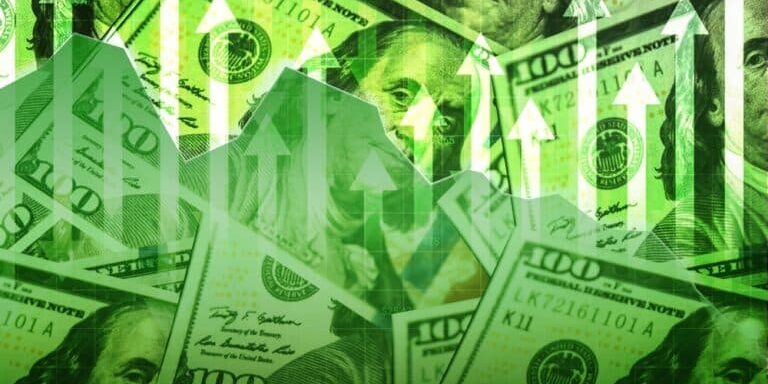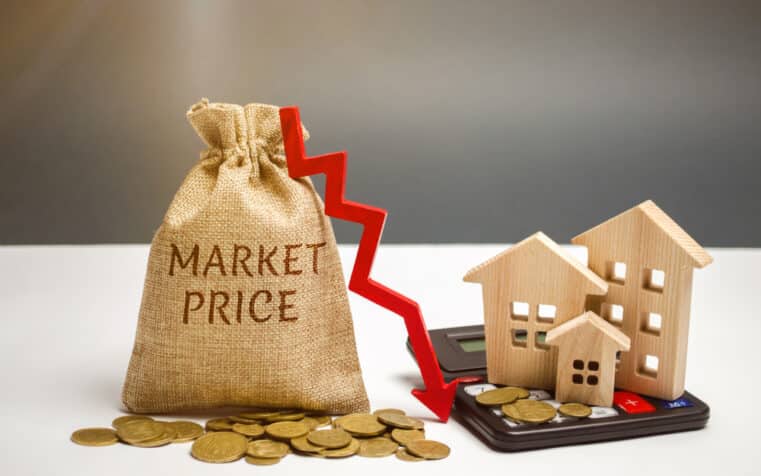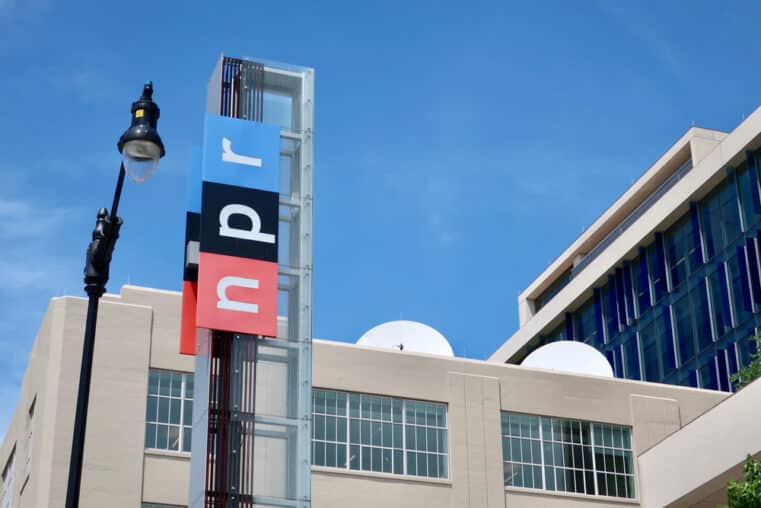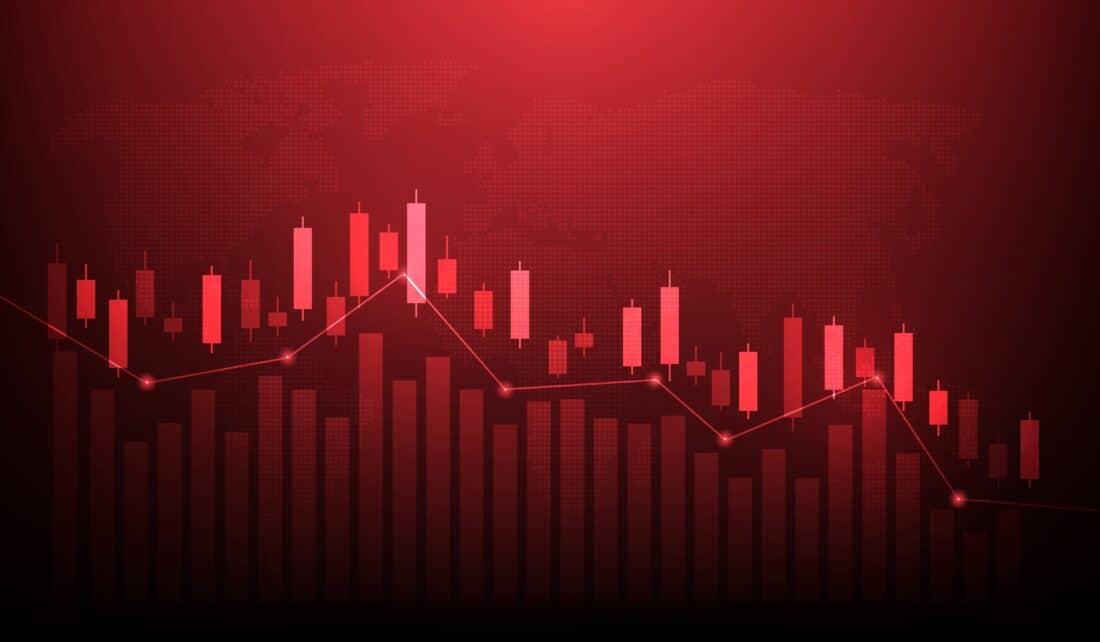
Beige Book Bares the Truth: Inflation Mentions Plunge to Four-Year Low While Economic Pessimism Creeps In
Inflation Narrative in Tatters as Mentions Collapse
After months of breathless warnings about runaway inflation, the Federal Reserve’s July Beige Book has quietly delivered an admission that should embarrass every so-called economic expert parroting the old narrative. Mentions of “inflation” across the Fed’s twelve districts just collapsed to a four-year low—dropping from ten in the previous report to only five this time. It’s an astonishing reversal, especially considering the loud predictions that tariffs and policy gridlock would set off another tsunami of price increases. Instead, we’re seeing the unmistakable signs of something else: a stagnant, uncertain economy where growth is neither consistent nor particularly inspiring.
Tepid Growth and Mounting Weakness
The report paints a picture of an America split between tepid expansion and outright decline. Out of the twelve districts, five saw modest gains, five were flat, and two—New York and Philadelphia, not coincidentally the bastions of big-government orthodoxy—registered modest declines. Overall, this was a slightly better showing than earlier in the year, but it remains a long way from a healthy, self-sustaining recovery. In plain English: growth is barely inching along, and the underlying fragility is impossible to ignore.
Consumer spending tells its own cautionary tale. Non-auto purchases declined in most districts. Auto sales, previously propped up by a rush to avoid tariff penalties, also receded. Manufacturing edged lower. Construction is softening under rising costs. Energy activity dipped. Transportation was a mixed bag. Even the few bright spots, like loan volumes and modest gains in tourism, aren’t nearly enough to offset the pervasive stagnation. The labor market is equally uninspiring: employment inched up ever so slightly in a handful of regions, but several districts reported either no change or slight declines. Wages increased modestly at best, and hiring remained cautious, with businesses citing uncertainty and policy dysfunction as reasons to sit on their hands.
No Runaway Inflation—Just Systemic Vulnerability
Meanwhile, the supposed inflation crisis that Powell and his bureaucratic acolytes love to wave around like a bloody shirt simply hasn’t materialized. Yes, input costs are up thanks to tariffs—especially for raw materials—but businesses have been unable or unwilling to pass much of that along to consumers. That’s not the picture of an overheating economy. It’s the picture of an over-leveraged system, creaking under the weight of artificial stimulus, that can’t generate sustainable price or wage growth even when it tries.
Perhaps the most revealing detail in this entire Beige Book is that while inflation references collapsed, mentions of “slow” economic conditions surged to the highest since last autumn—just after the Fed slashed rates by 50 basis points. This is precisely the dynamic I’ve warned about repeatedly: when you hollow out the productive economy in favor of asset bubbles and cheap credit, you get a zombie marketplace addicted to interventions. Inflation becomes episodic and inconsistent. Growth becomes a mirage. And the only certainty left is more meddling from Washington and the Fed.
Prepare Yourself Before the Illusion Fades
If you believe that a neutral-to-slightly-pessimistic Beige Book somehow spells stability, you’re not paying attention. This report should be a blaring siren that the U.S. is drifting toward stagflation-lite: a slow grind of lackluster growth punctuated by unpredictable pockets of price spikes. For anyone relying on a traditional savings account or the illusion of fiat security, this is a dangerous moment.
The solution isn’t to hope Powell cuts rates again or that politicians conjure another trillion-dollar rescue plan. It’s to take decisive steps to protect your own assets—before these “modest” trends spiral into the next crisis. That means diversifying into tangible stores of value—gold, silver, decentralized currencies—and maintaining enough liquidity to ride out the storms Washington and Wall Street keep generating.
For more practical strategies, I strongly encourage you to download Bill Brocius’ free ebook, 7 Steps to Protect Your Account from Bank Failure. You’ll also find an unvarnished roadmap to financial resilience in Bill’s acclaimed book, End of Banking As You Know It. And if you’re serious about getting ahead of the next upheaval, consider joining Bill’s Inner Circle newsletter, where he shares uncensored insights the mainstream media won’t touch.
Download your free ebook here:
7 Steps to Protect Your Account from Bank Failure
Order Bill’s book or subscribe to the Inner Circle today—and reclaim control over your wealth before the next Beige Book reveals even deeper cracks.











